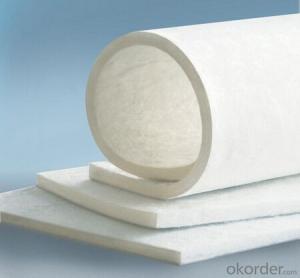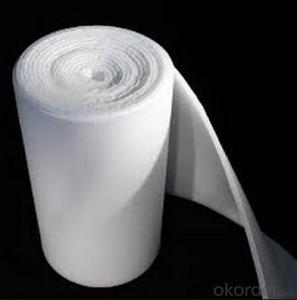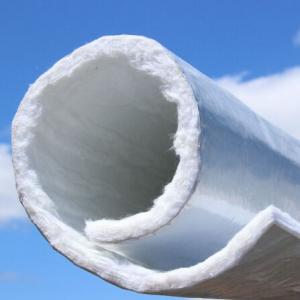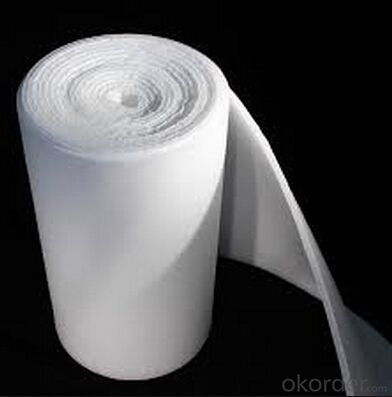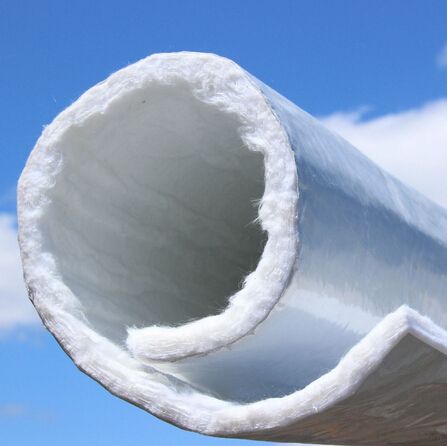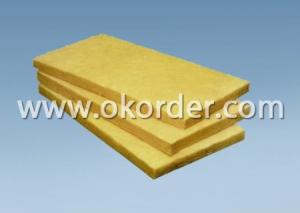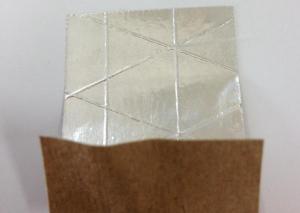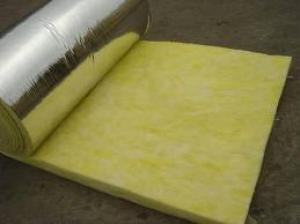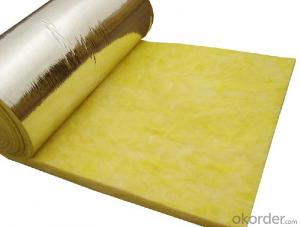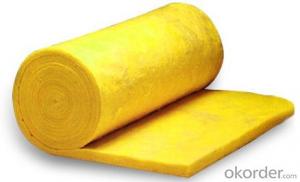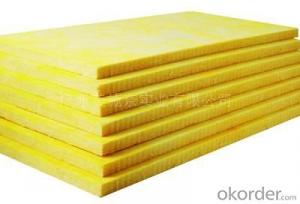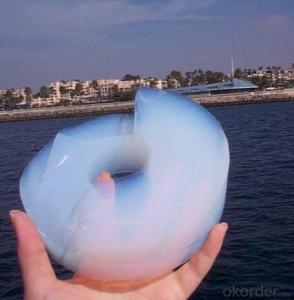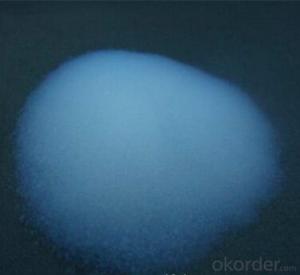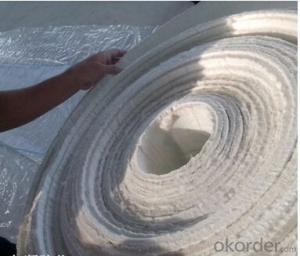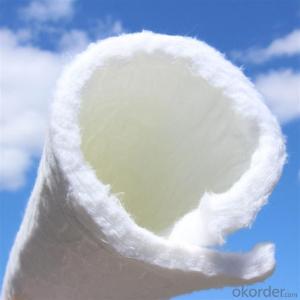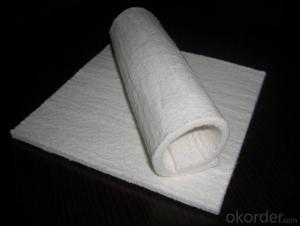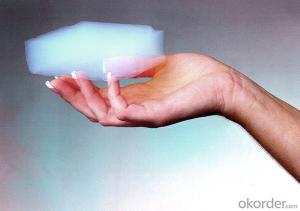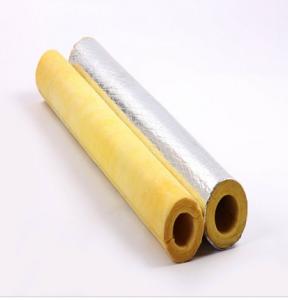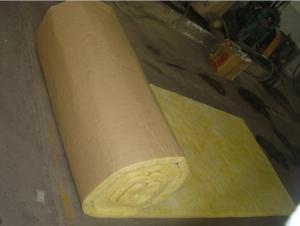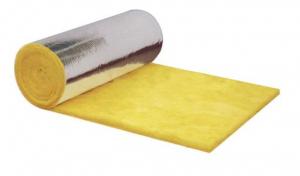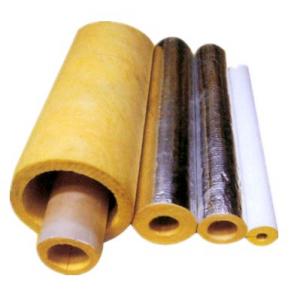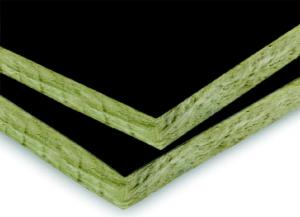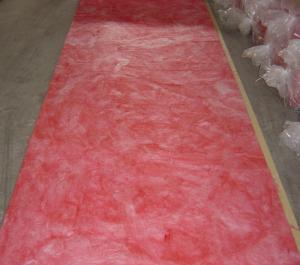Building Thermal Insulation Material Aerogel Insulation Blanket/Felt
- Loading Port:
- Tianjin
- Payment Terms:
- TT OR LC
- Min Order Qty:
- 10000 m²
- Supply Capability:
- 10000000 m²/month
OKorder Service Pledge
OKorder Financial Service
You Might Also Like
1.Description
Aerogel Insulation Felts
Using special nanotechnology, It combines a silica aerogel with reinforcing fibers to deliver very low thermal conductivity, low density and good flexibility in an environmentally safe product. It provides excellent properties of waterproof, sound absorption and shock absorption. It is an alternative to the common, environment unfriendly, inferior insulation products, such as PU, asbestos insulation felt, silicate fibers, etc.
2.Specifications
1.Superior Thermal Performance
2.Long service life
3.Environmentally Safe
4.Sound resistance
3. Advantages
(1).Superior Thermal Performance
The maximum use temperature is 1000℃,Its thermal conductivity is 1/3~1/5 of common insulators, helping reduce heat loss and optimizing space utility.
(2). Long service life
Unlike other traditional insulation materials, aerogel ’s three- dimensional, structure inhibits sintering warpage, and particles stack which may occur under hot temperature for long time. Therefore, aerogel insulation has long service life.
(3). Physically Robust:
It has flexibility and high tensile strength, resisting stretching and stress from linear contraction when temperature changes.
(4). Environmentally Safe:
Composed of inorganic materials, it contains no hazard. Stripping little chloridionm will cause no corrosion to the equipments and pipes.
Low and ultra-low temperature equipment and piping applications
Petrochemical, power equipment applications
(5). Easy to Install
Extremely low density (200kg/m3) contributes to easy-to-cut and easy-to-install.
4. Technical Standard
Property | Unit | Techicial Standard | |
(refractoriness) | ---- | A Grade | |
(Density) | kg/m3 | <220< span=""> | |
(Lyophobic) | % | >99 | |
Thermal Conductivity | 25℃ | W/(m·K) | ≤0.023 |
70℃ | ≤0.029 | ||
200℃ | ≤0.036 | ||
300℃ | ≤0.045 | ||
400℃ | ≤0.056 | ||
5. Application
Oil pipe, steam pipe, refrigerator interlining, oil tank, central airconditioning pipe, chemical pipe with the requirement of fire resistance, vehicle thermal insulation, national defence, military industry, heat supply pipelines in city insulation, biological medicine pipes and equipment and so on.

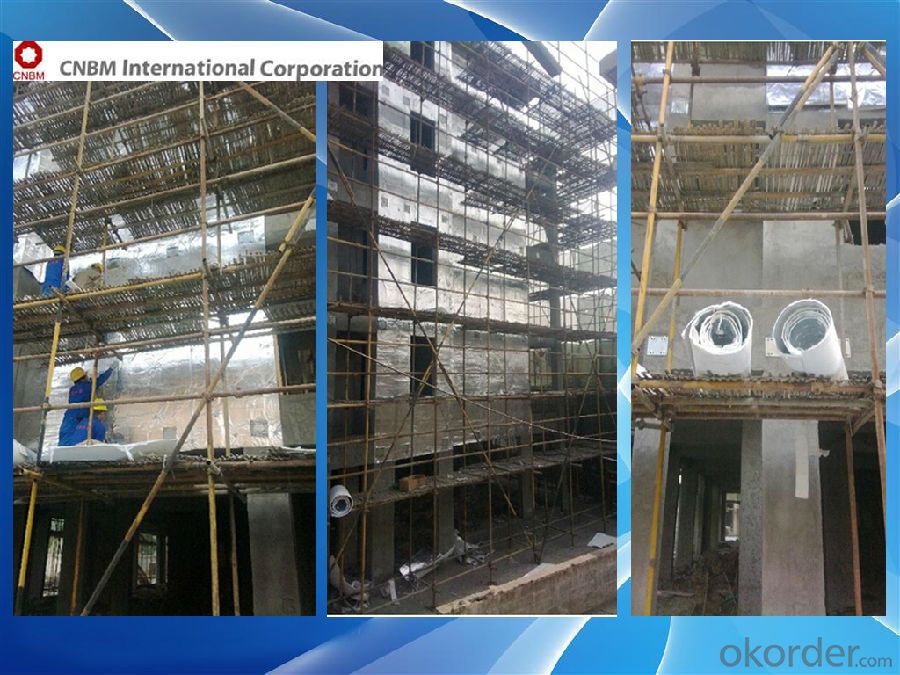
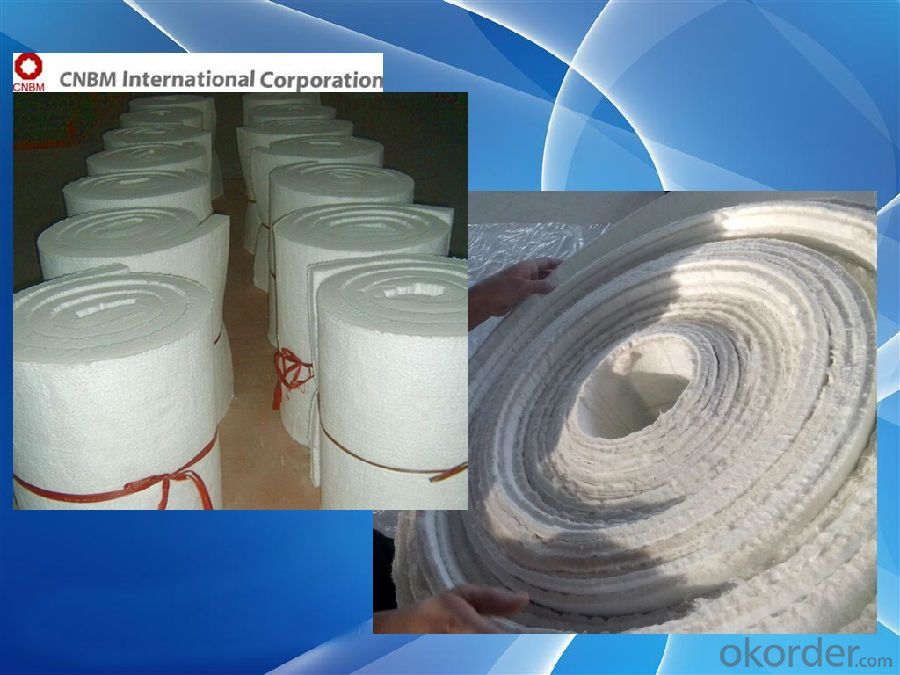
- Q: What is semi-rigid glass wool board
- Commonly used in roofing, the density of about 120-150kg / m?.
- Q: is glass wool fireproof?
- Fireproof!
- Q: What does the thermal insulation test of glass rock wool include?
- Appearance, dimensional deviation(length, width, height), shot content, average diameter of fibers, flatness deviation, right-angle deviation, water absorption coefficient, hydrophobic rate, short-term water absorption, tensile strength perpendicular to the surface, compression strength, heat conductivity coefficient, dimensional stability, noise reduction coefficient, acidity coefficient, vapor diffusion resistance factor, long-term water absorption, combustion performance. These are testing programs of rock wool thermal insulation boards. The raw materials and performance of which are different from that of glass wool. In addition to the different areas, the required testing programs are different too. My answer is for reference only.
- Q: Now what is the latest color steel sandwich board? such as: Foam, stretches, glass wool
- it is better to use rock wool because it is fireproofing and sound insulation.
- Q: To reach better sound absorption effect, which should be filled in the keel, glass wool felt / board or polyester fiber cotton felt / board ?
- Glass wool board Glass wool board is mainly used for sound insulation. Glass wool felt is mainly used for thermal insulation, and polyester fiber cotton felt is mainly for thermal insulation and sound absorption.
- Q: The main classification and difference of glass wool
- And then the application of atomized binder, in the cotton net with the negative pressure of the wind, attached to the resin binder fiber calm in the movement of the mesh belt, forming a uniform cotton felt,
- Q: How to install sound insulation glass wool boards on the wall?
- After pasting aluminum insulation supporting pin on the keel, press the board or felt on it till it is pinned.
- Q: What is the difference between red glass wool and yellow glass wool in terms of technical parameters?
- The majority of glass wools are yellow, while glass wools with the color of red or other are called color glass wool which are rarely used.
- Q: Is centrifugal glass wool or rubber and plastic insualtion board better for air-conditioning air duct insualtion?
- Rubber and plastic insulation board is better.
- Q: what is the specifications of glass wool and rock wool shell and tube?
- diameter. The first is the unit weight. ,thickness
Send your message to us
Building Thermal Insulation Material Aerogel Insulation Blanket/Felt
- Loading Port:
- Tianjin
- Payment Terms:
- TT OR LC
- Min Order Qty:
- 10000 m²
- Supply Capability:
- 10000000 m²/month
OKorder Service Pledge
OKorder Financial Service
Similar products
Hot products
Hot Searches
Related keywords
